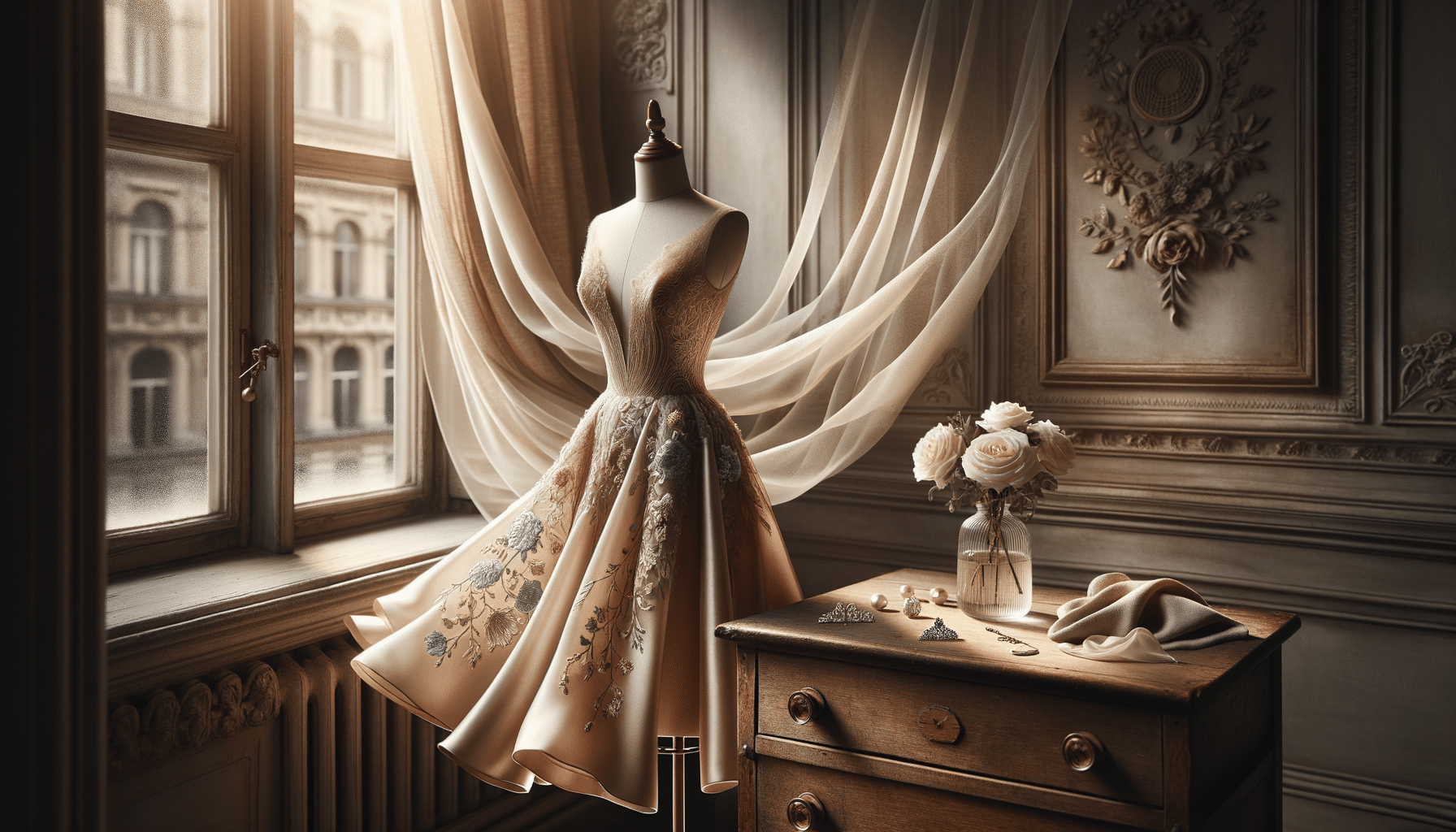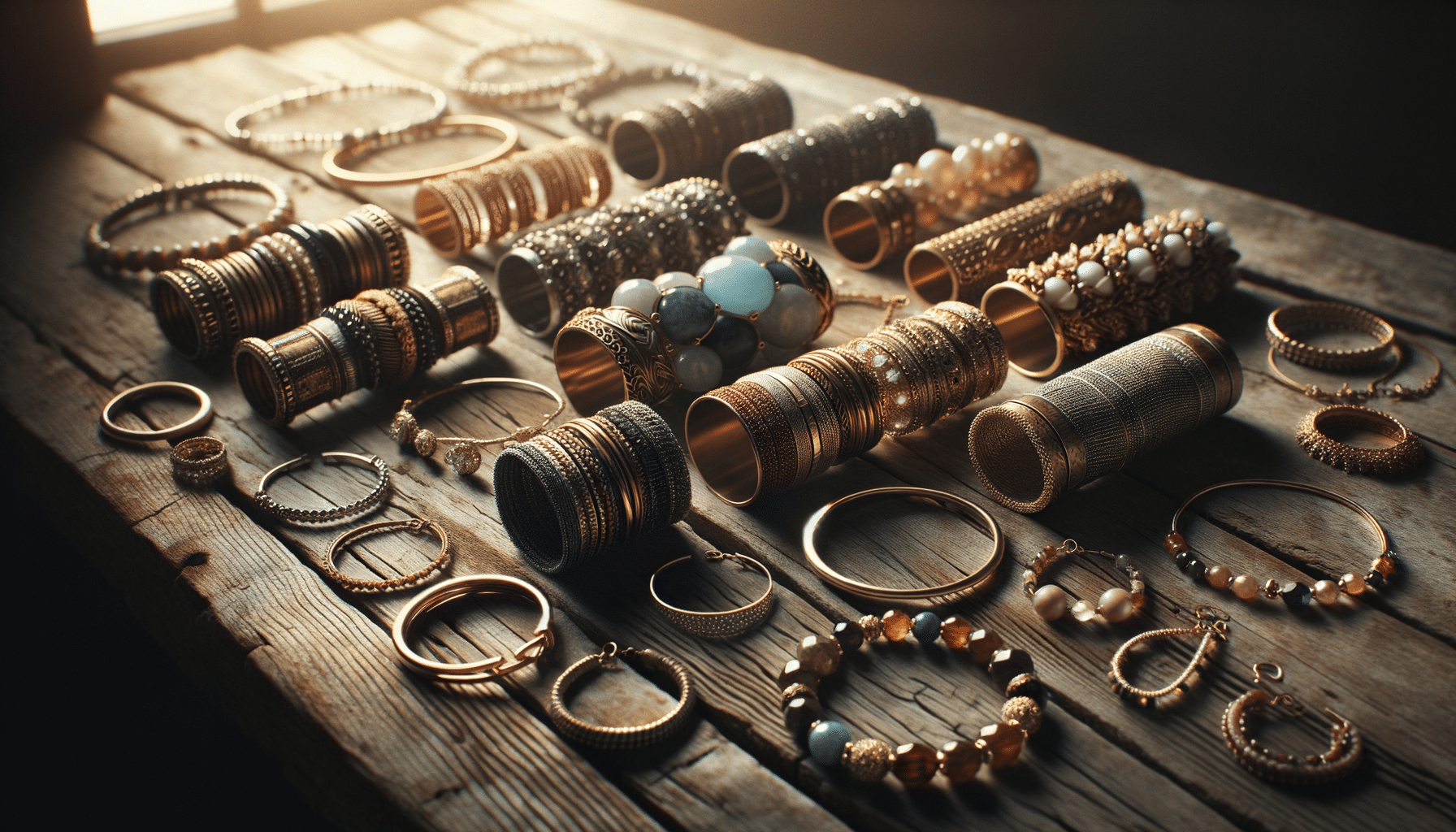
Exploring the Allure of Traditional Forehead Jewelry
The Historical Significance of Forehead Jewelry
Traditional forehead jewelry, with its roots deeply embedded in diverse cultures, serves as a symbol of beauty and status. Historically, these adornments have been used in ceremonies, weddings, and other significant life events. In many Asian cultures, forehead jewelry is linked to spiritual beliefs, often considered a conduit for energy and a mark of wisdom. In ancient times, wearing such jewelry was not merely an aesthetic choice but a reflection of one’s identity and social standing.
In the Indian subcontinent, the ‘bindi’ is a well-known type of forehead jewelry that holds religious significance. Traditionally red or maroon, the bindi is placed between the eyebrows, a site considered the sixth chakra or the seat of concealed wisdom. Beyond its spiritual connotations, the bindi has evolved into a fashion statement, available in various colors and designs to suit different attires.
Similarly, in Middle Eastern cultures, ‘tikka’ and ‘maang tikka’ are popular forms of forehead jewelry. These pieces are often crafted from precious metals and stones, signifying wealth and prosperity. The design and materials used can indicate the wearer’s cultural background and personal taste, making them a unique form of self-expression.
Materials and Craftsmanship
The craftsmanship involved in creating traditional forehead jewelry is an art form that has been passed down through generations. Artisans use a variety of materials, including gold, silver, and platinum, often embellished with precious and semi-precious stones like diamonds, rubies, and sapphires. The choice of material is not only a matter of aesthetics but also of symbolism, as each element is believed to carry its own unique energy and meaning.
Intricate designs are a hallmark of high-quality forehead jewelry, showcasing the skill and creativity of the craftsmen. Techniques such as enameling, filigree, and stone setting require precision and attention to detail, ensuring that each piece is a work of art. These techniques have been refined over centuries, with artisans continually innovating to incorporate contemporary trends while preserving traditional motifs.
Moreover, the use of sustainable and ethically sourced materials is gaining importance in the jewelry industry. Consumers are increasingly conscious of the environmental and social impact of their purchases, prompting jewelers to adopt more eco-friendly practices. This shift not only supports artisans but also ensures the preservation of traditional craftsmanship for future generations.
Modern Adaptations and Fashion Trends
While traditional forehead jewelry has deep cultural roots, modern fashion has embraced its timeless appeal, incorporating these pieces into contemporary styles. Designers worldwide are reimagining traditional designs, blending them with modern aesthetics to create pieces that resonate with today’s fashion-forward individuals.
Today, forehead jewelry is not confined to cultural or religious events; it is a popular accessory in mainstream fashion. Celebrities and fashion icons often sport these pieces on red carpets and in fashion magazines, further cementing their status as a versatile and stylish accessory. The fusion of traditional and modern elements allows for a broad range of designs, from minimalist to extravagant, catering to diverse tastes and preferences.
Moreover, the rise of online platforms has made traditional forehead jewelry more accessible to a global audience. Buyers can explore and purchase unique pieces from different cultures, fostering a greater appreciation for the artistry and heritage behind these adornments. This trend not only expands the reach of traditional jewelry but also promotes cultural exchange and understanding.
Symbolism and Cultural Significance
The symbolism of forehead jewelry varies across cultures, each piece carrying its own unique meaning. In many Eastern cultures, these adornments are believed to protect the wearer from negative energies, acting as a shield that enhances one’s aura and spiritual strength. The placement of the jewelry, often on the forehead, is thought to align with the third eye, a spiritual symbol of perception and intuition.
In addition to spiritual symbolism, forehead jewelry often signifies marital status, especially in South Asian cultures. Married women traditionally wear specific types of forehead adornments as a symbol of their marital bond, serving as a visual declaration of their relationship status. This tradition, while deeply rooted in culture, is also evolving, with many choosing to wear these pieces as a personal fashion statement rather than a cultural obligation.
Beyond individual significance, forehead jewelry plays a role in community identity, often worn during festivals and cultural celebrations as a mark of shared heritage. These pieces can bring people together, fostering a sense of belonging and pride in one’s cultural roots. As such, traditional forehead jewelry continues to be a powerful symbol of cultural identity and personal expression.
The Future of Traditional Forehead Jewelry
As we look to the future, the enduring appeal of traditional forehead jewelry shows no signs of fading. With a growing appreciation for artisanal craftsmanship and cultural heritage, these adornments are likely to maintain their place in both traditional and modern wardrobes. The fusion of traditional designs with contemporary fashion trends ensures that forehead jewelry remains relevant and stylish.
Moreover, the increasing emphasis on sustainability and ethical sourcing in the jewelry industry will shape the future of forehead jewelry. Consumers are becoming more aware of the impact of their purchases, driving demand for responsibly made products. This shift will encourage jewelers to adopt sustainable practices, ensuring that traditional craftsmanship is preserved while minimizing environmental impact.
In conclusion, traditional forehead jewelry is more than just an accessory; it is a testament to cultural heritage, personal expression, and timeless beauty. As these pieces continue to evolve and adapt to modern trends, they serve as a bridge between the past and the present, connecting individuals across cultures and generations.


